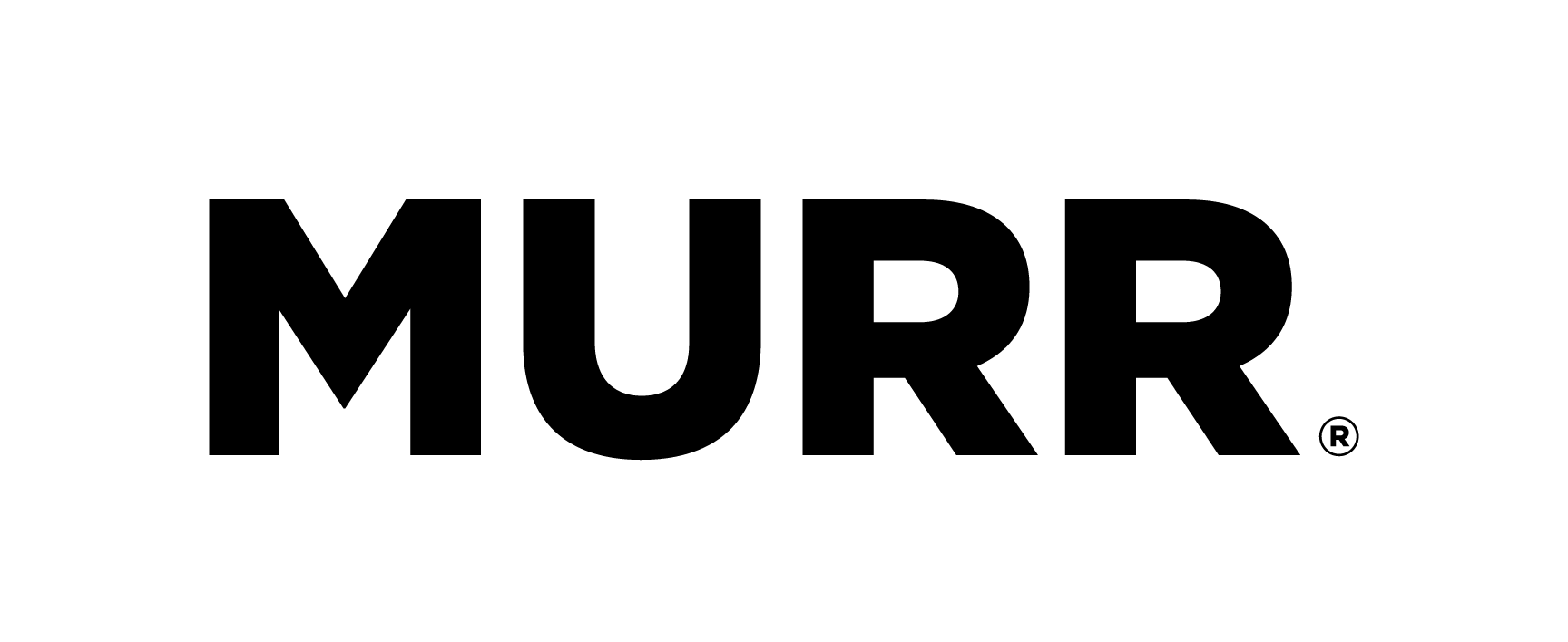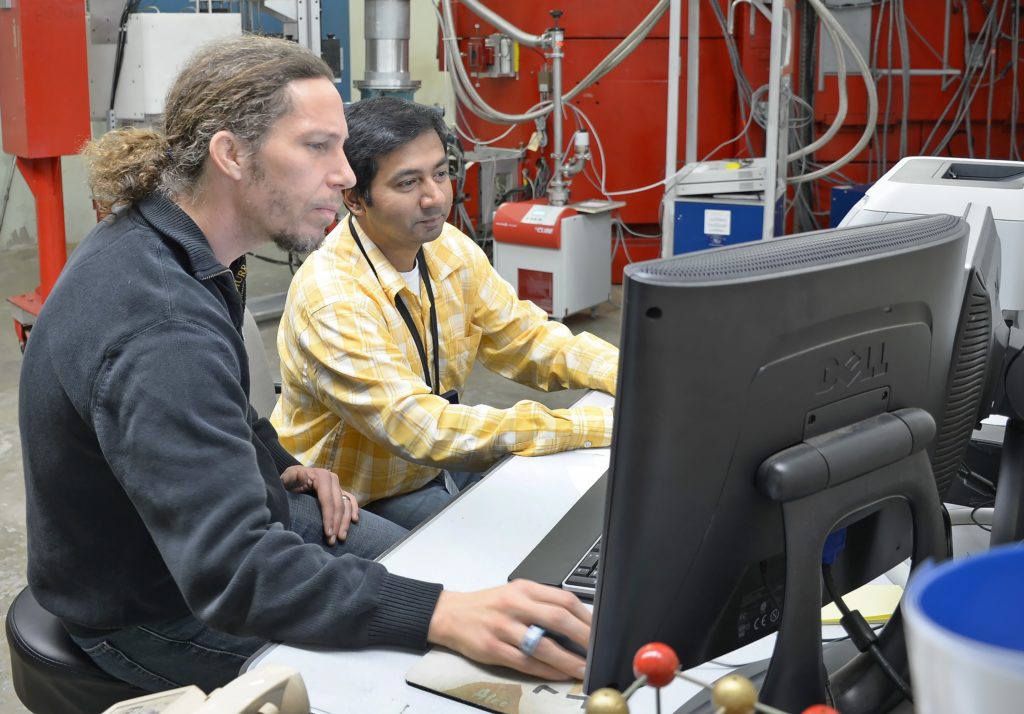
Neutron Scattering
At 10 MW thermal power, MURR is the largest neutron source on a University campus in the United States and is well suited for neutron scattering research. The Neutron Scattering group at MURR operates four distinct instruments for studying the structure and dynamics of matter. This suite of instruments consists of two powder diffractometers (2XC and PSD), a triple-axis spectrometer (TRIAX), and a neutron reflectometer. The latter two are unique in a University setting in the U.S.
The fundamental property of a neutron that makes it an invaluable probe for the study of condensed matter is its wave-particle duality. Particularly, slow-moving neutrons are ideally suited as a means of studying the structure and dynamical properties (excitations) of materials, because 1) the wavelength of a neutron is comparable to interatomic spacing of condensed matter, and 2) the energy of thermal neutrons is comparable to characteristic vibrations of condensed matter.
Neutrons are complementary to other forms of radiation scattering (e.g. optical, x-ray, electrons). But they have some unique properties that make them the preferred characterization method for investigation of certain materials, especially hydrogenous and magnetic materials.
Advantages of neutrons:
- Highly penetrating: Neutrons have no electric charge and, thus, penetrate easily through bulk materials; ½” steel, for example.
- Non-destructive: Neutron measuring techniques are non-destructive, and, therefore, can be used on delicate biological samples without causing sample degradation.
- Interaction with nucleus: Neutrons interact via the strong nuclear force with the nucleus of an atom, thus neutron scattering is isotope dependent. They are able to distinguish light atoms in the presence of heavy atoms and they can also distinguish between neighboring elements in the periodic table, because the scattering cross sections of neighboring atoms are often substantially different.
- Contrast variation by isotope substitution: Isotopes of the same element can have very different scattering lengths for neutrons, allowing the technique of “isotopic substitution” to be used to obtain structural and dynamical details of a system without varying the chemical composition. This quality is widely used in H/D substitution in hydrogenous materials (hydrocarbon materials, such as polymer and biological structures), called contrast variation.
- Magnetic dipole moment: In their interaction with magnetic atoms or ions, a magnetic dipole interaction takes place between the magnetic moment of the neutron µ and the magnetic field of the atom or ion. Thus, neutron scattering is an ideal tool for investigation of magnetic materials and structures.
- Excitations: Since the energy of neutrons is comparable with the energy of vibrational excitations (phonons or lattice vibrations in a crystal) and magnetic excitations (magnons or spin density waves in magnetic crystals), the neutrons gain or lose energy and can be measured by inelastic neutron scattering.
MURR invites and supports collaborations of scientists of the four University of Missouri campuses as well as outside institutions on a participating research team basis. If you are interested in more information about neutron scattering instrumentation at MURR, its capabilities, please contact Dr. Helmut Kaiser at kaiserh@missouri.edu or Dr. Tom Heitmann at HeitmannT@missouri.edu.

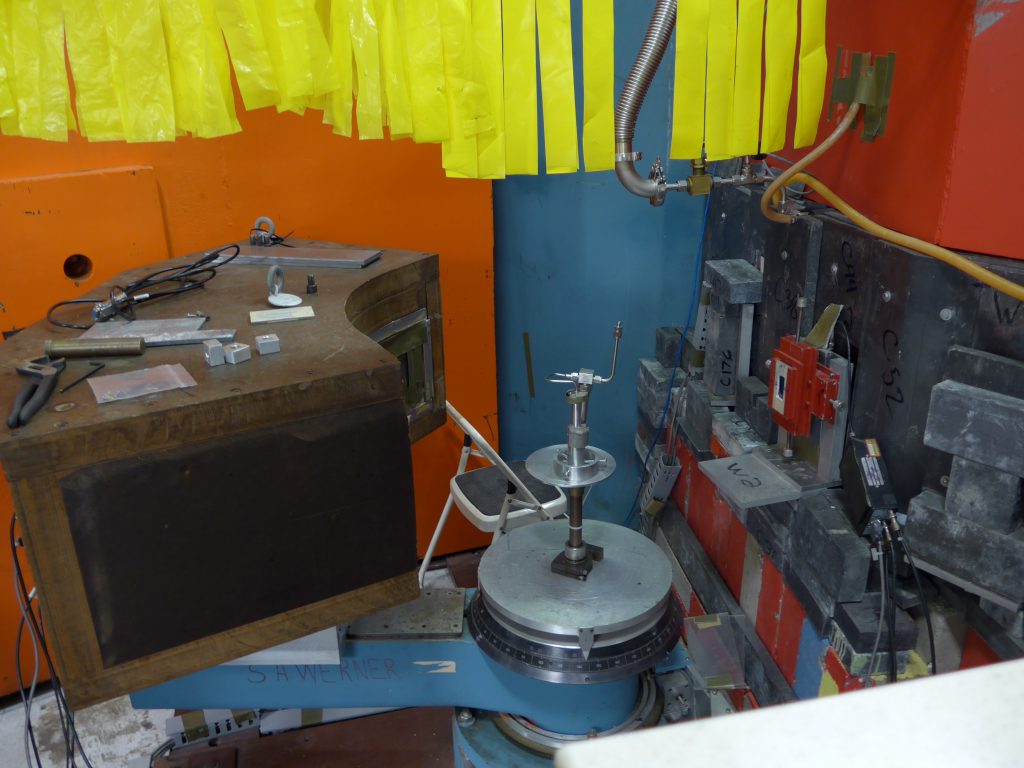
Double-Axis Powder Diffractometer (2XC) 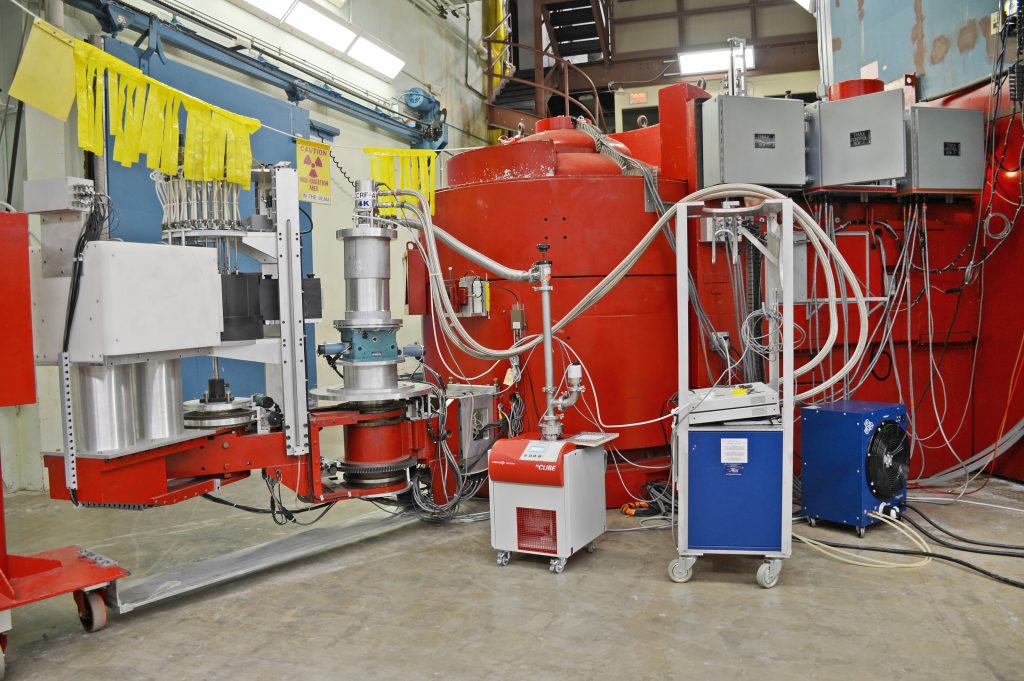
Triple-Axis Spectrometer 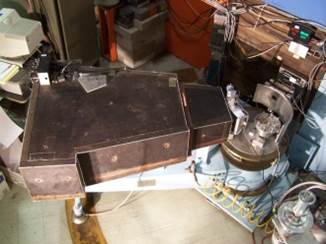
High Resolution Neutron Powder Diffractometer (PSD) 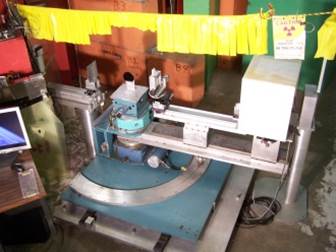
Neutron Reflectometer
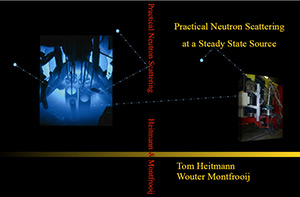
Textbook: Practical Neutron Scattering at a Steady State Source by Tom Heitmann and Wouter Montfrooij
This book was developed as text for a graduate level laboratory based course in neutron scattering as part of the MU IGERT program: “Neutron Scattering for the Science and Engineering of the 21st Century.” The anticipated audience is students and scientists who are new to neutron scattering techniques.
For information on how to obtain a hard copy of the textbook, please contact Dr. Tom Heitmann at HeitmannT@missouri.edu.
A PDF is available for download below:
